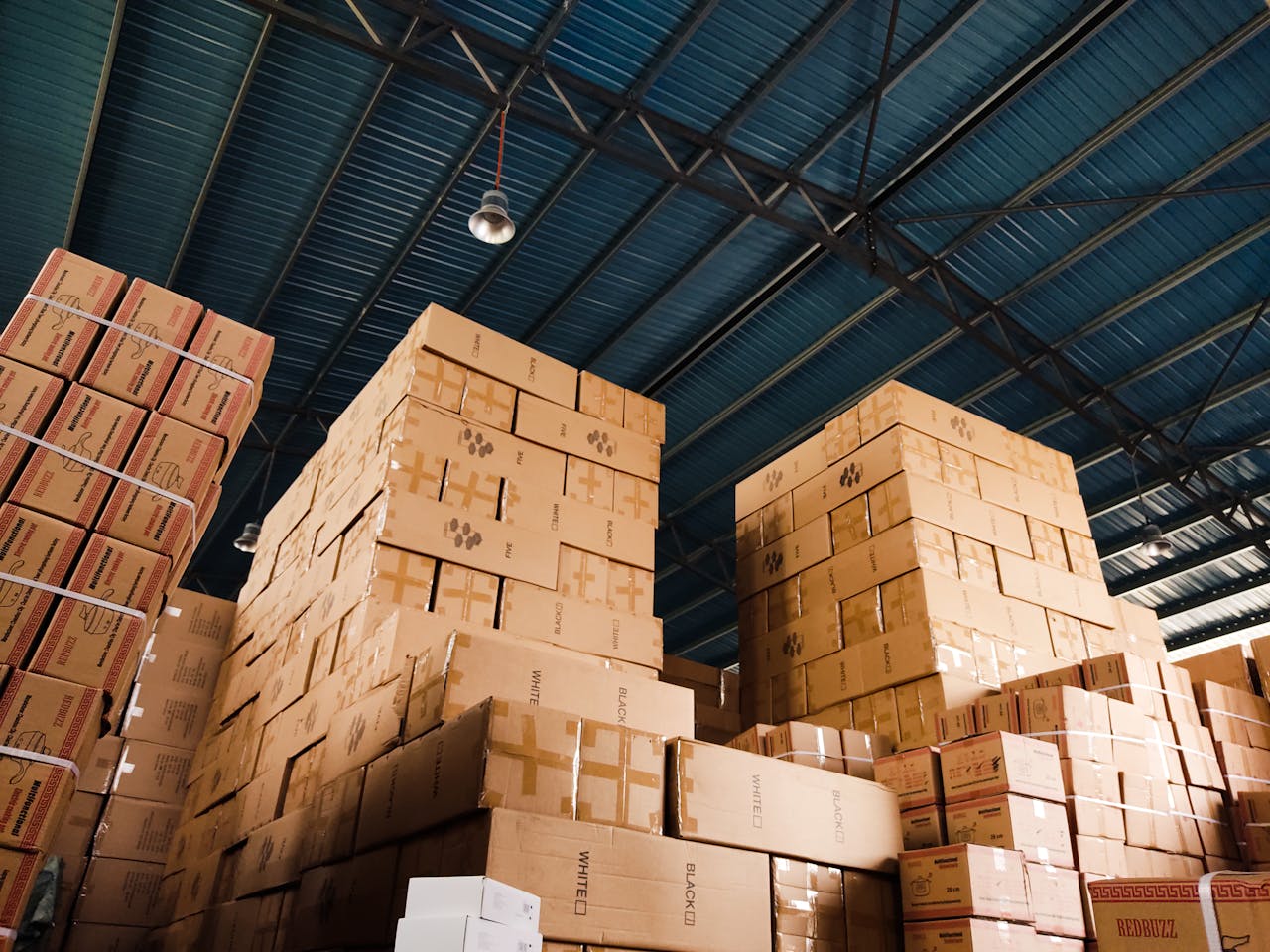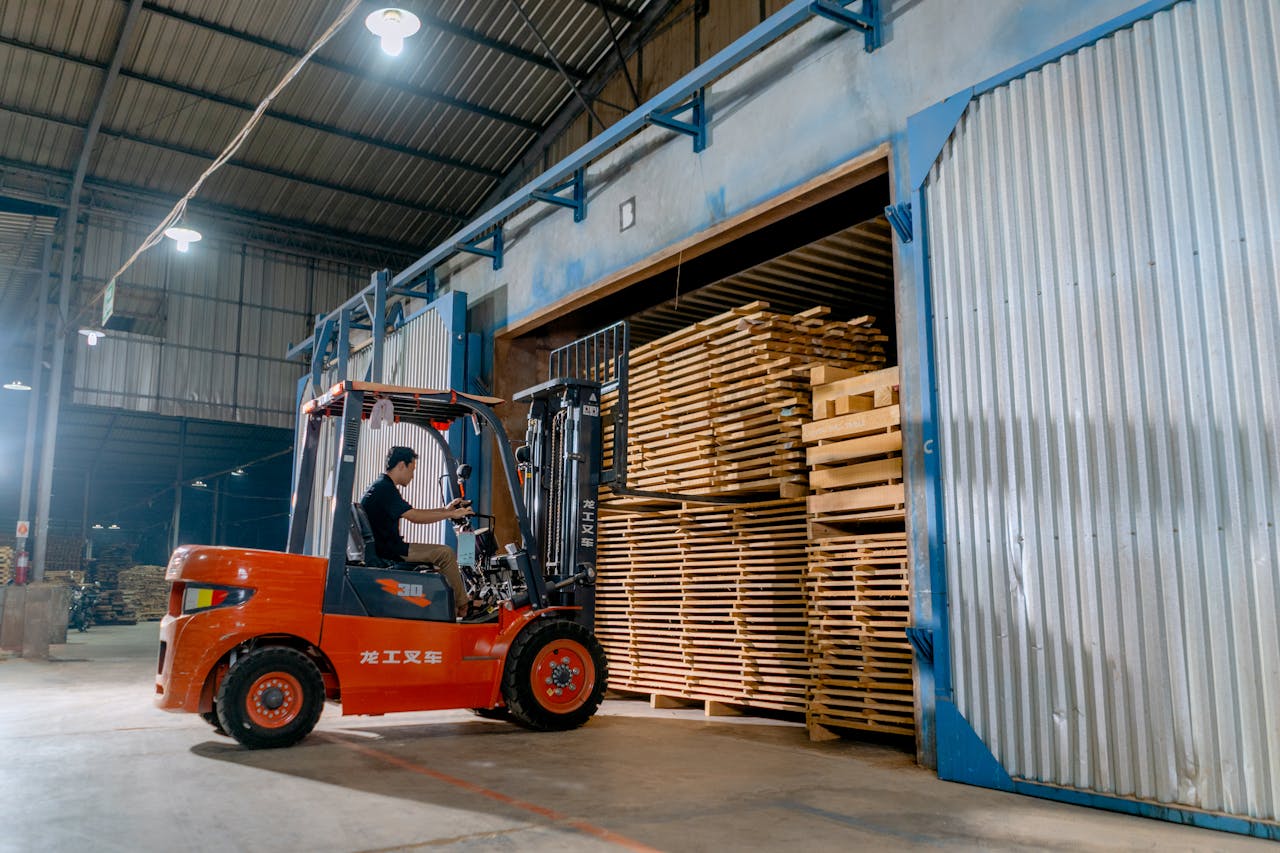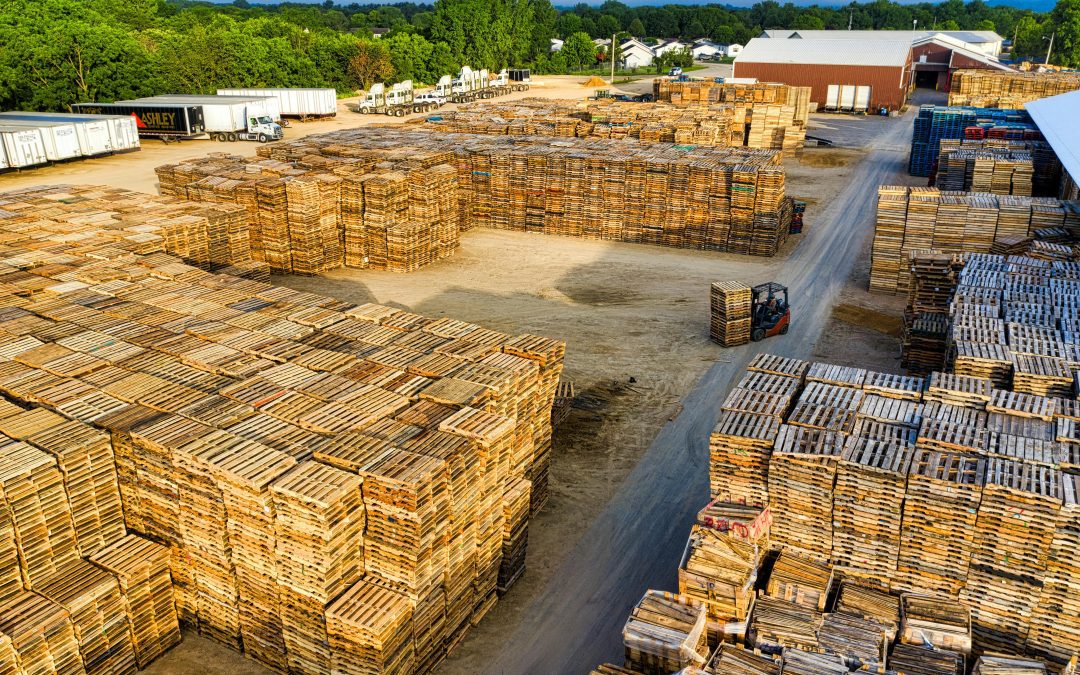The idea of being sustainable in the logistics industry is no longer simply a trend or something to be mentioned on your website to tick a box – it’s become a real business necessity. With pressure from governments, client standards, and the very world itself (!), the very future of logistics depends on adopting green practices that not only put the environment first, but also enhance efficiency, build a better brand, and align with growing customer responsibilities.
How do we work together to create a more sustainable supply chain? At Millennium Cargo, we’re fully committed.
What are ‘Green Logistics’?
In this industry, going green refers to minimising the environmental impact of our operations. Transportation and packaging are both headline-grabbing sides of the industry when it comes to sustainability, but warehousing, reverse logistics and supply chain management are of equal importance. Being green once meant little more than recycling; now it’s about redesigning the entire system with efficiency, waste-reduction, and long-term stability at the centre.

Go Green with Transportation
There’s a reason why transportation stands as the figurehead for logistics’ impact – in truth, it’s the largest contributor to the supply chain carbon footprint. Thankfully, it’s also the area that seems to have the most research and development being poured into it and a range of responsible options are available to help your business and ours make a real difference.
- Choosing the best mode of transport – Air freight, while the most efficient in terms of time, is also the one with the greatest emissions. Selecting rail and sea freight and accepting slightly longer shipping times can significantly cut back on your carbon footprint.
- Improving route planning – With advanced route planning technology that can calculate the exact impact of fuel and emissions, we can now optimise our delivery options, minimising the number of miles that are driven and thus, the fuel consumed. Load consolidation, reducing mileage, and avoiding congested areas all lower emissions while also being more cost-effective.
- Upgrading to electric, or even autonomous vehicles – Each year, electric trucks and autonomous delivery vehicles are becoming more mainstream, helping us cut back on a reliance on traditional fossil fuels. Companies are now starting to use drones for the final stretch of deliveries to the customer’s door (or garden!), and biogas-powered trucks are being trialled across Europe as a low-emission alternative.
- Alternative fuels – Biogas CNG (Compressed Natural Gas) is only one of the range of cleaner fuels looking to supplant diesel and petrol. Biodiesel and HVO (Hydrotreated Vegetable Oil) also offer superior alternatives.
At Millennium Cargo, we’re already working with shipping companies that are prioritising these improvements as part of our ongoing environmental responsibility with our partners.
Sustainable Warehousing
Warehouses are notorious energy hogs, but simple changes can make a sizeable impact with such considerations as:
- Energy efficiency – There’s lots that can be done, and is being done, in this respect. Switching to LED lighting, optimising HVAC systems, and installing renewable energy sources like solar panels all reduce a warehouse’s environmental footprint. With a lot of roof space, installing solar panels on distribution centres is a practical way that lowers emissions and cuts right back on energy costs (sometimes even putting energy back into the grid).
- Recycling – Recycling reduces waste. At home this can feel little more than a nod to environmental responsibility, but on a warehouse scale, it’s a significant factor in waste management. Reusing packaging materials and repurposing pallets are essential standard operating procedures for environmental sustainability.

- Technology and automation – The rise of AI can sometimes feel like an oncoming train, but for the green logistics industry, AI is an important tool that demands adoption. AI-driven warehouse management systems (WMS) optimise storage, limit energy usage, and reduce unnecessary movements within your facility, while smart sensors and blockchain technology are extremely effective for tracking and managing energy consumption.
Millennium Cargo works with third-party logistics (3PL) providers who are committed to sustainability. They have industry certification, uphold strong environmental policies, and maintain an impeccable track record of sustainability.
Problems with Packaging
Packaging is a necessary evil, contributing to the majority of waste in the logistics industry, thankfully it’s also the easiest to fix – especially by following the three Rs – Reduce, Reuse, Recycle.
- Reduce – It shouldn’t be hard to choose packaging that is the right size for the product to reduce waste – no one needs a lipstick to turn up in a box the size of a laptop wrapped in packing! Excessively large packaging not only increases the materials used but raises both transportation overheads and warehouse storage space – plus it’s really disappointing to open a huge box to find something tiny inside!
- Reuse – Things like pallets, pallet wraps, and other shipping containers don’t need to be one-use items. Reusable pallets save on costs and don’t end up in landfill.
- Recycle – Eco-friendly materials like plant-based compostable packaging (or, even tastier, mushroom-based alternatives) break down in months rather than decades and can replace plastic with no downside. Hive paper is another example of a sustainable recyclable packaging that will protect your goods.
Using sustainable packaging solutions for your shipping will save your business money as well as helping to reduce the huge waste overhead for the industry.
Technology and Improvements in the Supply Chain
The use of modern technology options can significantly reduce the environmental impact of logistics.
- Carbon footprint tracking – Tools like carbon footprint calculators and emissions tracking software provide reports and visibility regarding the environmental impact of the supply chain, itself a major tool in combating the problem.
- Optimised route planning – As mentioned earlier, this helps reduce fuel consumption and overall costs.
- Blockchain technology – Blockchain technology helps tracking, reducing fraud, and improving transparency, further helping to ensure that every part of the supply chain meets these necessary standards.
- Reverse logistics – Reverse logistics is the flow of goods back from consumers to retailers, distributors, or manufacturers, typically for returns, repairs, or recycling. Through reverse logistics we can redistribute and reuse returned products to greatly reduce waste.
- Closed-loop systems – A closed-loop system is a close collaboration between manufacturers, retailers, and logistics companies that continuously recycles and reuses materials to significantly reduce the environmental impact of the supply chain.
Collaboration and Partnerships
Partnership is essential for the future of green logistics – working together in a collaborative rather than competitive way means having the same goalposts, prioritising providers who share an ethos of environmental responsibility, and educating our customers on the need for sustainability.
At Millennium Cargo, we are proud of our position as a sustainable logistics partner. Contact us today to learn more about how we can work together to transform your supply chain into a truly green operation.

